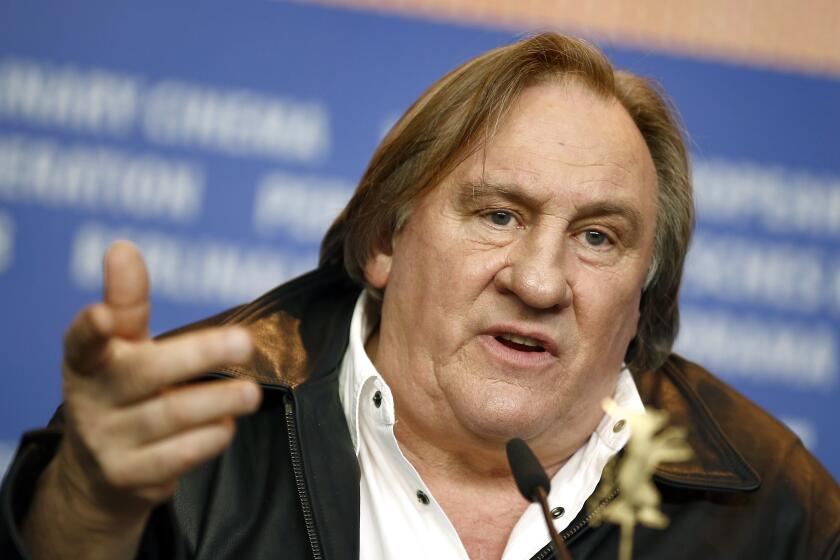The truths that each of the best-picture nominees left on the cutting-room floor:
MOST DOCUDRAMAS give priority to the drama over the docu -- for good reason. Just think how tedious “The Amy Fisher Story” would have been without judicious editing (or without Drew Barrymore).
But not all such corner-cutting can be defended in the name of economy and entertainment, especially when the movie pretends to be historically accurate and a political parable for our times, as does “Good Night, and Good Luck.”
In dramatizing Edward R. Murrow’s role in the political downfall of Sen. Joseph McCarthy in late 1953 and early 1954, screenwriters George Clooney and Grant Heslov give Murrow credit he doesn’t deserve. No less a Murrow protege than Eric Sevareid would say decades later that Murrow’s “See It Now” reports on McCarthy “came awfully late.”
The movie also portrays William S. Paley, the chief of CBS, as a deserter in the war against McCarthyism for yanking “See It Now” from its regular prime-time slot shortly after the famous broadcasts. In fact, the money-losing program kept its slot for another year. It lost its place to entertainment shows because they were more lucrative.
Clooney and Heslov discard not only documentary fact in their treatment of Murrow but dramatic tension. For example, far from regarding his March 9, 1954, destruction of McCarthy on “See It Now” as a professional triumph, Murrow remained troubled by the way his show edited 15,000 feet of available footage of the senator to make him look like a gibbering idiot rather than confronting his ideas.
Murrow “was always uneasy about” the attack, “almost anxious at times to disown it,” writes biographer A.M. Sperber.
Neither docu nor drama, “Good Night, and Good Luck” avoids genuine conflict as it panders to its audience (you know who you are). Somebody in TV news should do an expose of it.
More to Read
Only good movies
Get the Indie Focus newsletter, Mark Olsen's weekly guide to the world of cinema.
You may occasionally receive promotional content from the Los Angeles Times.






